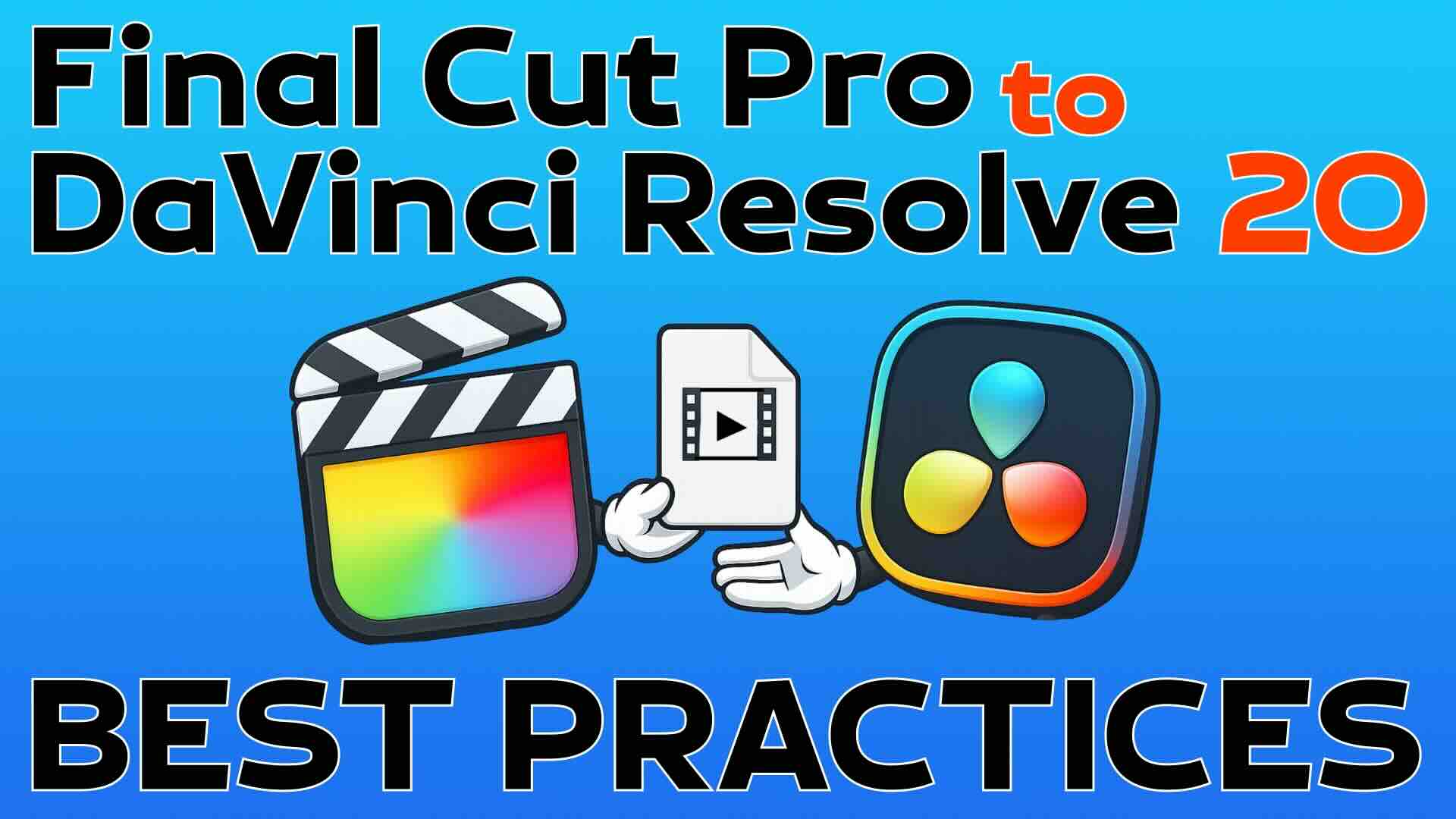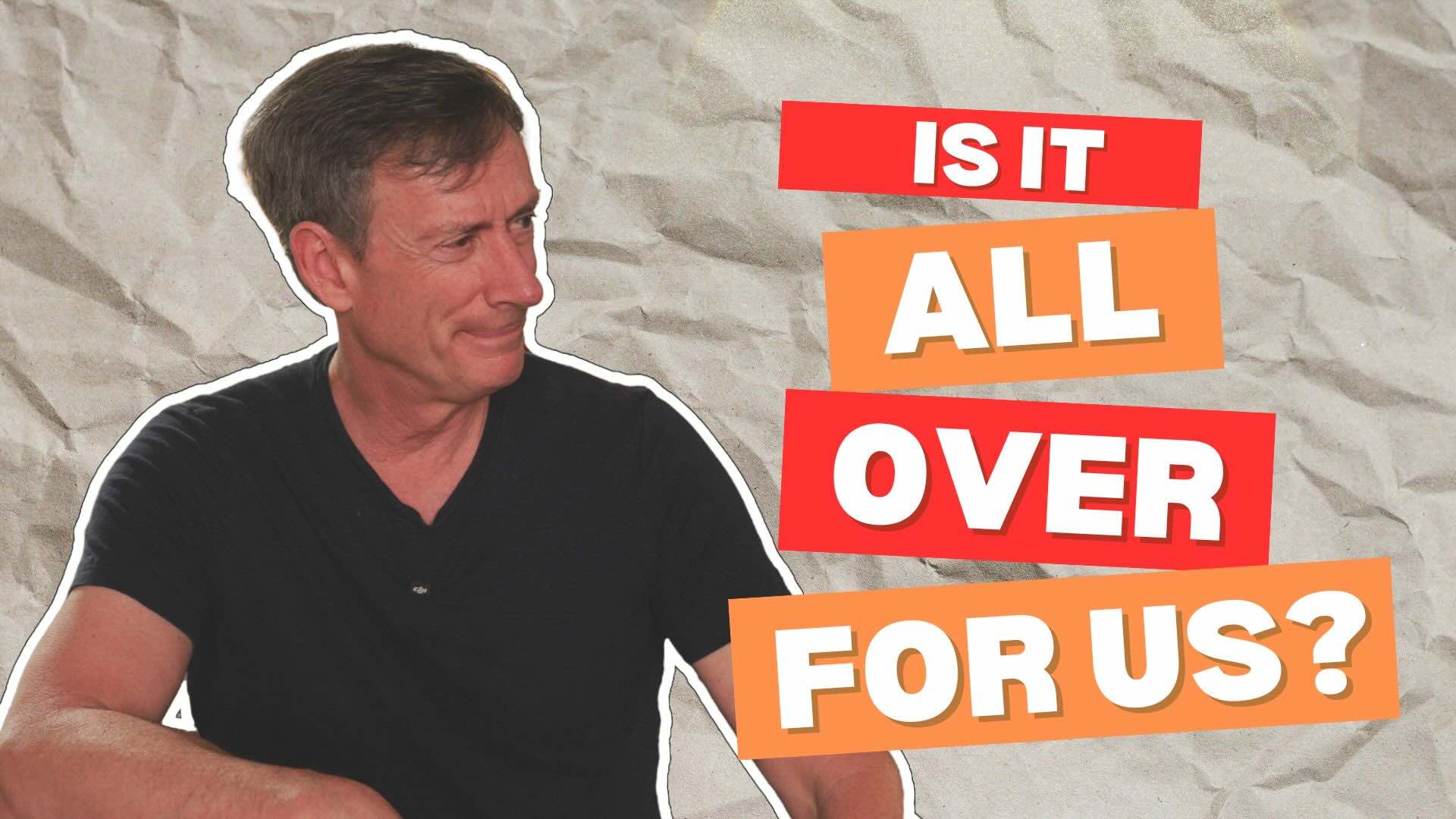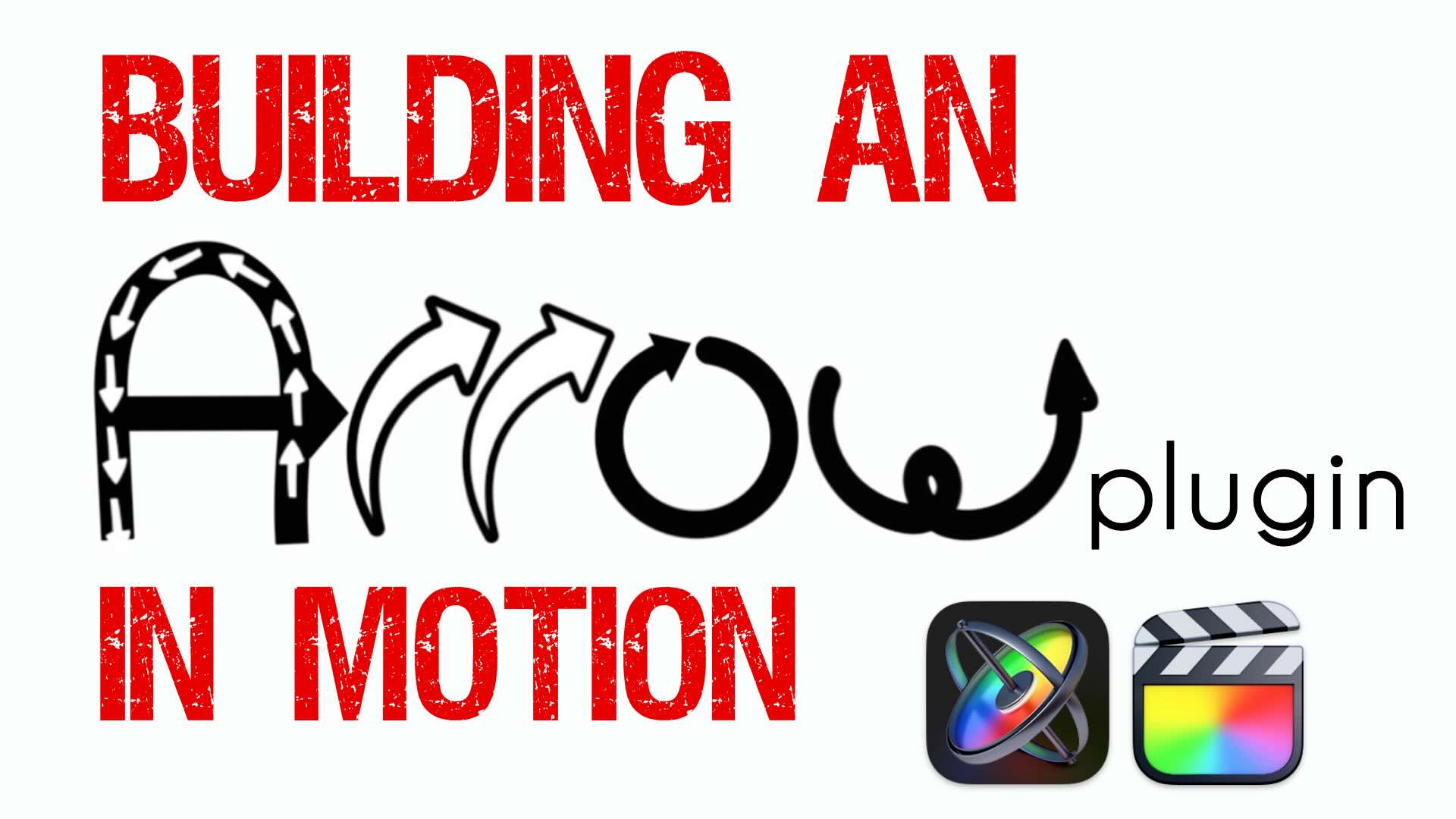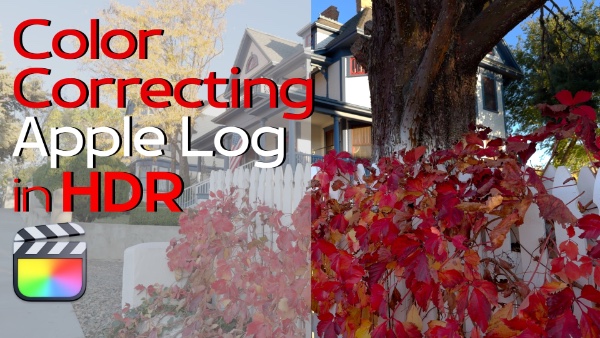Archiving a Project in Final Cut Pro X
This week I’ll show you my preferred method for archiving a project that that will ensure you’ll have all your media with the smallest footprint possible.
Welcome to Final Cut Pro X in under 5 minutes, I’m Steve from rippletraining.com. One of the great things about Final Cut Pro X’s Library system is how easy it is to archive a project so you can return to it later without having to worry about whether your media will be offline.
Here’s a project I completed for a client.
It’s been signed off on, and now I need to have it bundled into a single managed library I can place on a drive and take off site.
The first step in creating your archive is to decide what specific Library elements you want to archive into your library.
You can archive a singe event, multiple events, a single project or multiple projects within an event.
What you decide is determined by how much media you want copied into your Library and ultimately how large you want your archived library to be.
The command I use for creating archives in the Copy To command found in the File menu. And depending on what you have selected in your library prior to accessing this menu, these options will change.
For example, let’s say I was interested in archiving the final project but not the entire event. I would select the project, then in the file menu the Copy To command says Copy Project to Library. If however, I selected the Event containing the project, when I return to the menu, the Copy To command now says Copy Event to Library.
If you choose Copy Event to Library, not only will any included Projects be copied to your archive library, but all your imported clips, including those clips that did not end up in your final project.
The advantage of archiving an event is that not only do you end up with all your imported media, but you also end up with all your metadata: your keyword collections, smart collections and more. The down side to archiving an event is that you may end up with an archive library that can be potentially very large.
This is why I often prefer to archive just the final project.
I end up with the final edit and only clips related to the final edit which keeps my final library size as small as possible. In this case, I’ll select the Final client-approved project, but not the event containing the project.
From the File menu I’ll choose Copy Project to Library, then choose > New Library. Name your library something that is related to the project. I’ll name this Library H5 Productions Archive, then choose the drive I want the library to live on. If there are files on the drive I’ll make a separate folder and name it Library Archives or something similar.
Finally I’ll click Save. A confirmation window will appear alerting you to the fact that the project and related media will be copied into the newly created archive library. You are also asked if you want to include any Optimized or Proxy media in your freshly minted library. For archives I do not include these files because including them would make your archive larger than it needs to be plus they can always be regenerated. Click OK.
Your new archive Library now appears in the Libraries pane that includes just the project and only the related media associated with the project. The clips that were copied also included their original keyword tags. Isn’t that helpful?
Ok we’re almost done. There’s one last step that’s critical in order to ensure that all your media ends up copied into the archive library in order to make it self contained.
Because Final Cut Pro’s library can reference media inside the library and outside the library, you’ll want to check your Library preferences. With the archive library selected, open the Inspector. Click the Modify Settings button, and make sure the Media location is set for In Library, then click OK. The last step is to consolidate all your media – what I call gathering all your eggs into one basket. Click the Consolidate button, you’ll be asked to confirm, then click OK.
Now any media that existed in external folders prior to consolidating will be copied into the archive library making the archive library entirely self-contained. You can now disconnect your drive and place it on a shelf or take it off site.
Click the Subscribe button below. If you have an idea, comment or suggestion, leave those below as well. Go to RippleTrainging.com for fast professional training on Final Cut Pro, Motion and DaVinci Resolve from industry professionals.
Here’s a project I completed for a client.
It’s been signed off on, and now I need to have it bundled into a single managed library I can place on a drive and take off site.
The first step in creating your archive is to decide what specific Library elements you want to archive into your library.
You can archive a singe event, multiple events, a single project or multiple projects within an event.
What you decide is determined by how much media you want copied into your Library and ultimately how large you want your archived library to be.
The command I use for creating archives in the Copy To command found in the File menu. And depending on what you have selected in your library prior to accessing this menu, these options will change.
For example, let’s say I was interested in archiving the final project but not the entire event. I would select the project, then in the file menu the Copy To command says Copy Project to Library. If however, I selected the Event containing the project, when I return to the menu, the Copy To command now says Copy Event to Library.
If you choose Copy Event to Library, not only will any included Projects be copied to your archive library, but all your imported clips, including those clips that did not end up in your final project.
The advantage of archiving an event is that not only do you end up with all your imported media, but you also end up with all your metadata: your keyword collections, smart collections and more. The down side to archiving an event is that you may end up with an archive library that can be potentially very large.
This is why I often prefer to archive just the final project.
I end up with the final edit and only clips related to the final edit which keeps my final library size as small as possible. In this case, I’ll select the Final client-approved project, but not the event containing the project.
From the File menu I’ll choose Copy Project to Library, then choose > New Library. Name your library something that is related to the project. I’ll name this Library H5 Productions Archive, then choose the drive I want the library to live on. If there are files on the drive I’ll make a separate folder and name it Library Archives or something similar.
Finally I’ll click Save. A confirmation window will appear alerting you to the fact that the project and related media will be copied into the newly created archive library. You are also asked if you want to include any Optimized or Proxy media in your freshly minted library. For archives I do not include these files because including them would make your archive larger than it needs to be plus they can always be regenerated. Click OK.
Your new archive Library now appears in the Libraries pane that includes just the project and only the related media associated with the project. The clips that were copied also included their original keyword tags. Isn’t that helpful?
Ok we’re almost done. There’s one last step that’s critical in order to ensure that all your media ends up copied into the archive library in order to make it self contained.
Because Final Cut Pro’s library can reference media inside the library and outside the library, you’ll want to check your Library preferences. With the archive library selected, open the Inspector. Click the Modify Settings button, and make sure the Media location is set for In Library, then click OK. The last step is to consolidate all your media – what I call gathering all your eggs into one basket. Click the Consolidate button, you’ll be asked to confirm, then click OK.
Now any media that existed in external folders prior to consolidating will be copied into the archive library making the archive library entirely self-contained. You can now disconnect your drive and place it on a shelf or take it off site.
Click the Subscribe button below. If you have an idea, comment or suggestion, leave those below as well. Go to RippleTrainging.com for fast professional training on Final Cut Pro, Motion and DaVinci Resolve from industry professionals.





